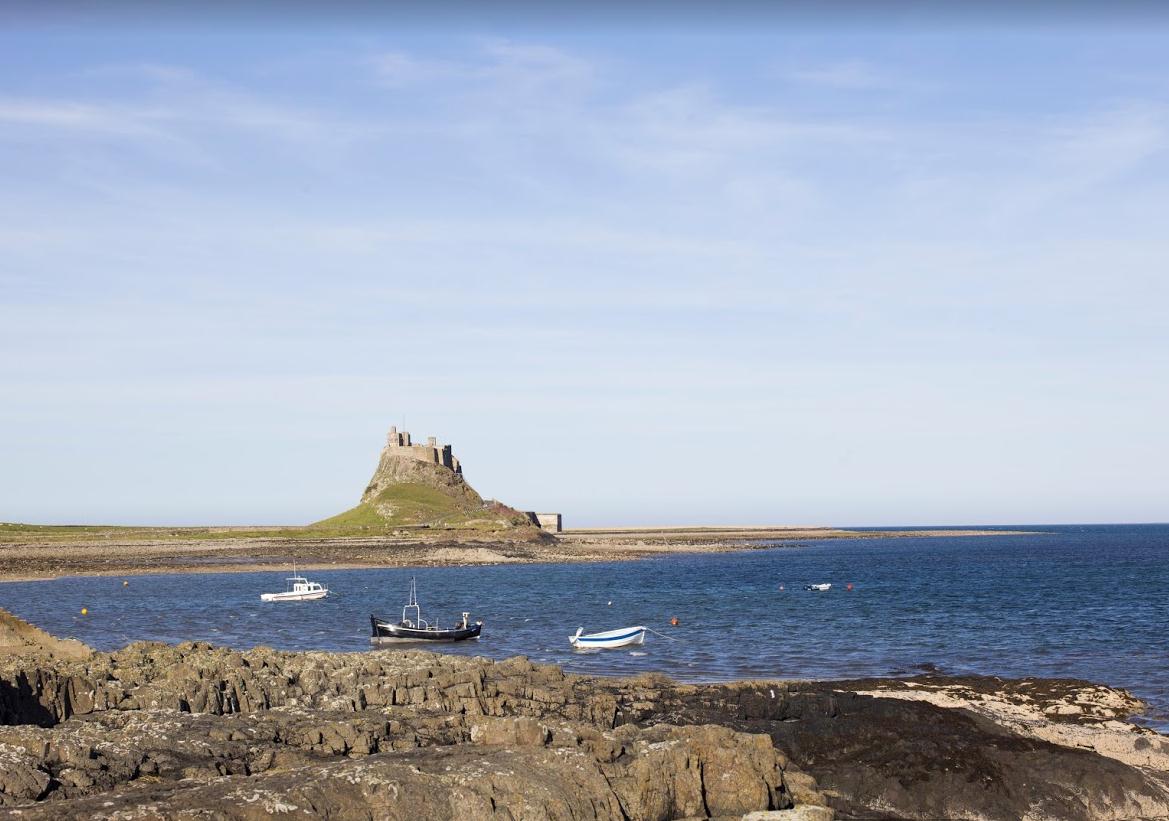Four North East Heritage Sites Telling the Story of England
Four North East heritage sites have been chosen for Irreplaceable: A History of England in 100 Places to help tell the remarkable story of England and its impact on the world.
The sites, which include: the Skerne Bridge, Dunston Staiths, Lady's Well and the Holy Island of Lindisfarne have all played an important role in shaping English identity and their stories help to bring England's extraordinary history to life.
The Skerne Bridge
The Skerne Bridge, in Darlington, was selected in the Travel and Tourism category by historian and author, Bettany Hughes, to help tell the story of British rail travel.
When the Stockton and Darlington railway opened in 1825, George Stephenson's Locomotion No1 passed over the bridge and began the railway age which was to change the world. The railway was the first to use steam powered locomotives and offer passenger services in addition to transporting goods.
A scheduled ancient monument, the Skerne Bridge is the oldest working railway bridge in the world and still carries railway traffic today.
Dunston Staiths
Dunston Staiths, in Gateshead, was selected in the Industry, Trade and Commerce category by Director of the Victoria and Albert Museum, Tristram Hunt, to help tell the remarkable story of England's industrial past.
Thought to be one of the largest timber structures in Europe, this huge wooden jetty which curves out across the River Tyne was once used for loading coal from the Northern coalfields onto ships to transport across the world. Dunston Staiths were the last working staiths on the River Tyne and stand as an important reminder that the River Tyne was once one of the most important working rivers in the world.
Lady’s Well
Lady's Well near the village of Holystone in Northumberland was chosen in the Faith and Belief category by Reverend David Ison, Dean of St Paul's Cathedral.
A peaceful and atmospheric spot, the well has been used since the Roman times. During the 5th century, a missionary called St Ninian is said to have baptised people in this pool and St Paulinus is said to have baptised a further 3,000 people in the well during Easter week in 627 AD.
The well represents a long tradition of humans celebrating the life-giving nature of water and drawing a spiritual connection with springs and wells.
Holy Island of Lindisfarne, Northumberland
The Holy Island of Lindisfarne in Northumberland was also chosen in the Faith and Belief category for its influential role in shaping English Christianity.
In 635 AD St Aidan founded a monastery on the island. St Aidan hoped to evangelise Northern England and reproduce sacred texts and histories of the early Church, as manifest in documents such as the breath-taking Lindisfarne Gospels.
Holy Island is also significant for its connection to the Venerable Bede who spent some time there and did much to make the Latin and Greek writings of the early Church more accessible to his contemporaries.





